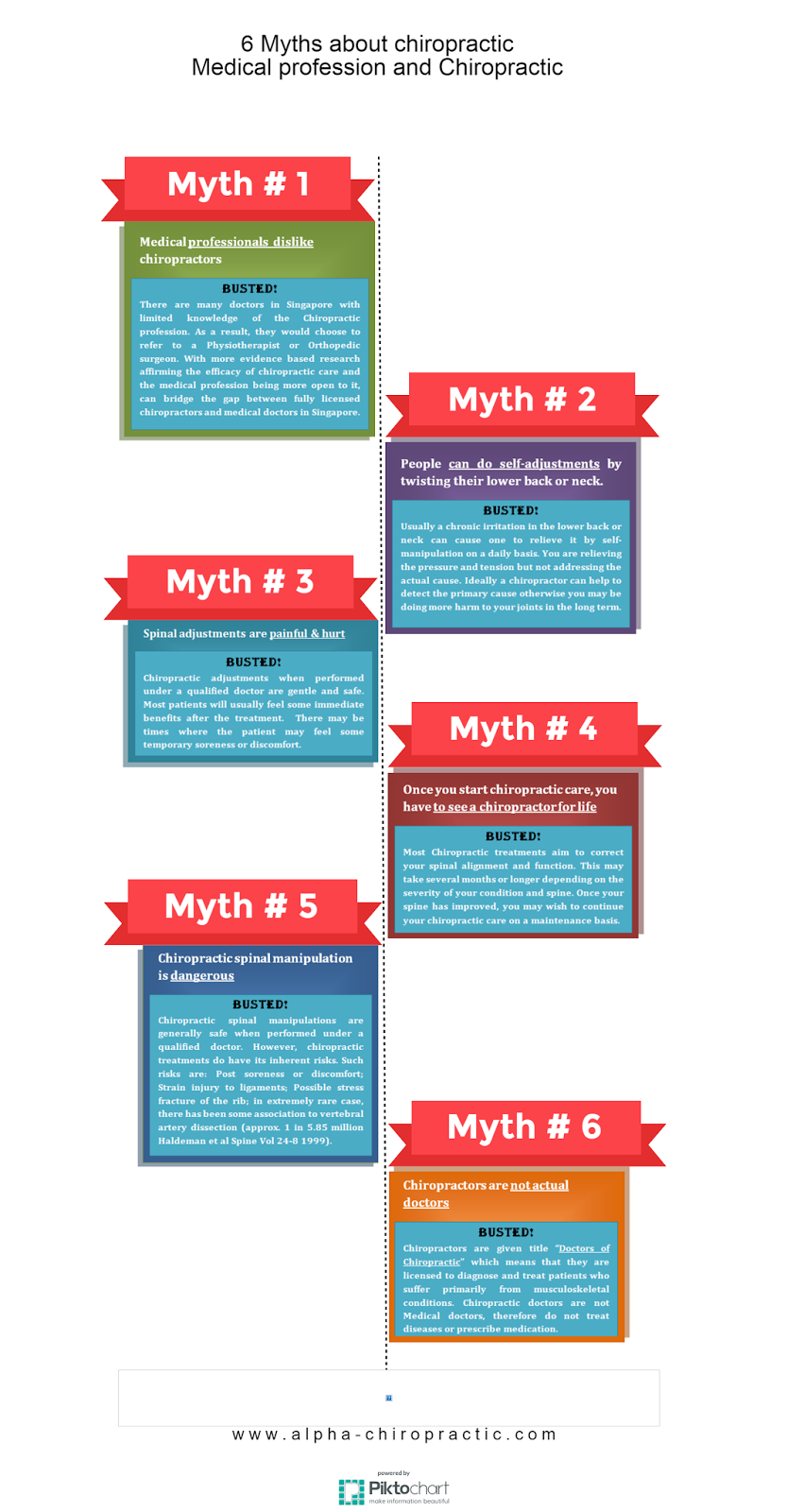The Relationship In Between Posture And Neck And Back Pain: Approaches For Keeping Appropriate Placement During The Day
The Relationship In Between Posture And Neck And Back Pain: Approaches For Keeping Appropriate Placement During The Day
Blog Article
Short Article Produced By-Kragh Fraser
Maintaining proper posture isn't practically staying up right; it's about straightening your body in such a way that sustains your back and decreases the danger of back pain. The means you rest, stand, and move throughout the day can considerably affect your spine wellness. Yet exactly how precisely can you make sure great alignment continually, even throughout busy days full of different tasks? Allow's dig deeper into the refined yet impactful modifications you can make to your daily routine to keep your back pleased and healthy and balanced.
Significance of Correct Stance
Proper position is critical in maintaining a healthy and balanced back and protecting against pain. When you sit or stand with great position, your spine is in alignment, reducing strain on your muscle mass, ligaments, and joints. This positioning allows the body to distribute weight uniformly, preventing extreme tension on certain locations that can cause pain and pain. By keeping your spinal column properly straightened, you can also improve your breathing and digestion, as slouching can press body organs and limit their capability.
Moreover, keeping great pose can improve your total look and confidence. When you stand tall with your shoulders back and head held high, you exude self-confidence and appear more approachable. Great posture can likewise make you really feel extra stimulated and sharp, as it promotes proper blood circulation and permits your muscles to function effectively.
Integrating proper position right into your daily regimen, whether sitting at a desk, strolling, or working out, is important for avoiding back pain and promoting overall well-being. Bear in mind, a tiny modification in how you hold on your own can make a significant difference in exactly how you feel and function throughout the day.
Common Postural Mistakes
When it comes to preserving excellent stance, several people unknowingly make typical blunders that can add to pain in the back and discomfort. One of one of the most prevalent errors is slumping over or stooping over while resting or standing. find more puts excessive stress on the spine and can cause muscle discrepancies and pain in the long run.
https://chiropractor-in-my-area16059.digitollblog.com/31007572/take-part-in-a-thorough-exploration-of-the-illustrious-background-of-chiropractic-medicine-finding-its-old-origins-and-contemporary-advancements-that-will-reshape-your-perspective-on-all-natural-wellness is overarching the lower back, which can flatten the all-natural contour of the spinal column and create discomfort. Furthermore, crossing legs while sitting may really feel comfy, yet it can develop an inequality in the hips and pelvis, resulting in postural issues.
Using a pillow that's too soft or also firm while sleeping can also influence your positioning and contribute to neck and back pain. Lastly, frequently craning https://head-and-neck-injury-from62840.blogsuperapp.com/31721822/insights-into-the-daily-life-of-a-health-care-specialist-an-interview-with-a-chiropractor to consider displays or adjusting your position regularly can stress the neck and shoulders. Being mindful of these typical postural mistakes can assist you maintain better positioning and decrease the danger of pain in the back.
Tips for Correcting Positioning
To enhance your positioning and minimize pain in the back, it's essential to focus on making small changes throughout your day-to-day regimen. Begin by bearing in mind your pose. When resting, guarantee your feet are flat on the floor, your back is straight, and your shoulders are unwinded. Avoid slouching or leaning to one side. Use ergonomic chairs or pillows to support your lower back.
When standing, disperse your weight evenly on both feet, keep your knees a little curved, and embed your hips. Involve your core muscle mass to support your spine. Take breaks to extend and walk if you have an inactive work. Integrate exercises that reinforce your core and back muscular tissues, such as planks or bridges.
While resting, make use of a pillow that sustains the all-natural contour of your neck to maintain appropriate back placement. Stay clear of sleeping on your belly, as it can stress your neck and back. By being mindful of these ideas and making small adjustments, you can progressively correct your positioning and ease back pain.
Verdict
Bear in mind, preserving great posture is essential to stop back pain and advertising back health and wellness. By bearing in mind your alignment, distributing weight uniformly, and involving your core muscle mass, you can minimize pressure on your back and reduce the risk of discomfort and injury. Integrate ergonomic support, take regular breaks to extend, and strengthen your core and back muscles to preserve proper placement throughout the day. Your back will certainly thank you for it!
